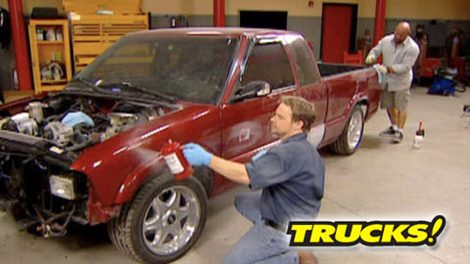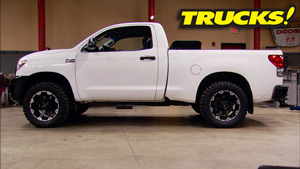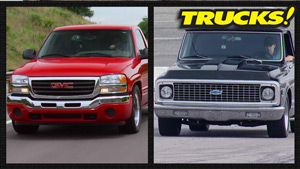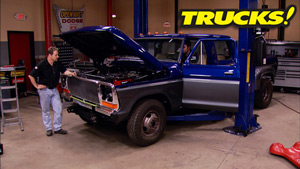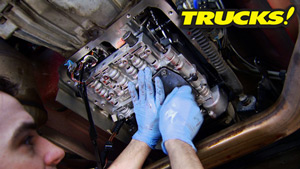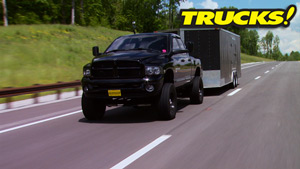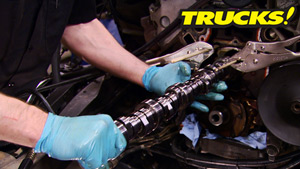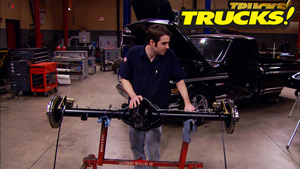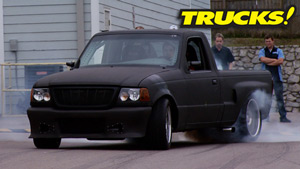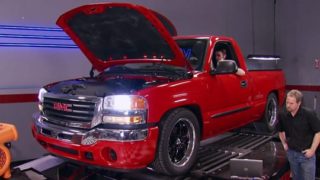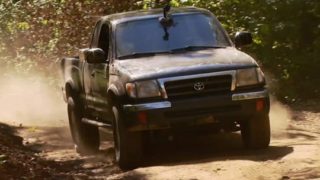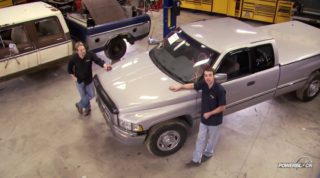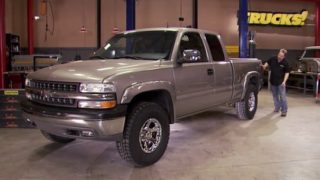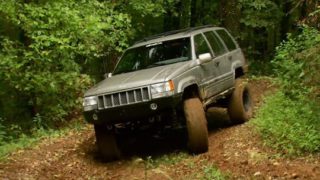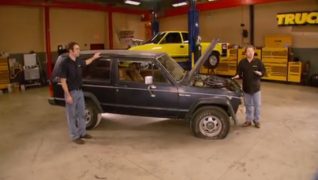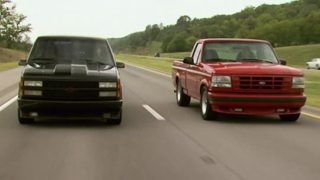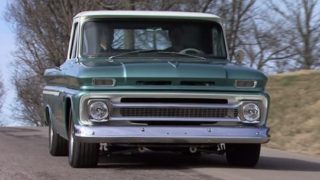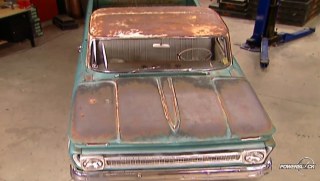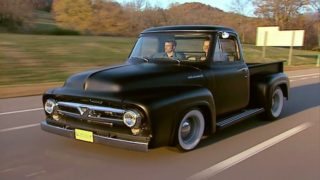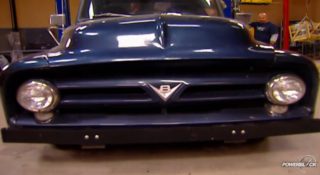Trucks! Builds
Want more content like this?
Join the PowerNation Email NewsletterParts Used In This Episode
Auto Body Color & Supply Co.
Materials provided for preping and painting.
Banks Power
Power P-D-A and software can clear trouble codes and recalibrate for oversized tires.
Banks Power
Six Gun Diesel Tuner that has six power levels and can add up to an extra 128 horses and up to 345 more pound feet of torque.
Chevrolet Performance
350 Performance Crate Engine.
Koul Tools
AN fitting installer.
LMC Truck
Body panels, air dam, grill and roll pan.
LMC Truck
Dash trim kit and billet pedal covers.
PPG
Viper Silver paint.
PPG
S-X 10-60 rollable prime.
